
Today, the President is traveling to Alaska to meet with some of the Alaskans who are on the frontlines of climate change, one of the greatest challenges facing our nation. Follow along with the President's trip at WhiteHouse.gov/Alaska.
“The state’s God-given natural treasures are all at risk.”President Obama
But just how did this treasure trove of national resources and beauty become a part of our union? While the President is en route, let's do a quick historical recap.
March 30, 1867
Secretary of State William H. Seward signed a treaty with Russia for the purchase of Alaska for $7.2 million. Despite the bargain deal (roughly two cents an acre), the purchase was ridiculed in Congress and in the press as “Seward’s folly,” and President Andrew Johnson’s “polar bear garden.” Nevertheless, the Senate ratified the purchase, adding a tremendous landmass (one-fifth the size of the rest of the U.S.) to America.
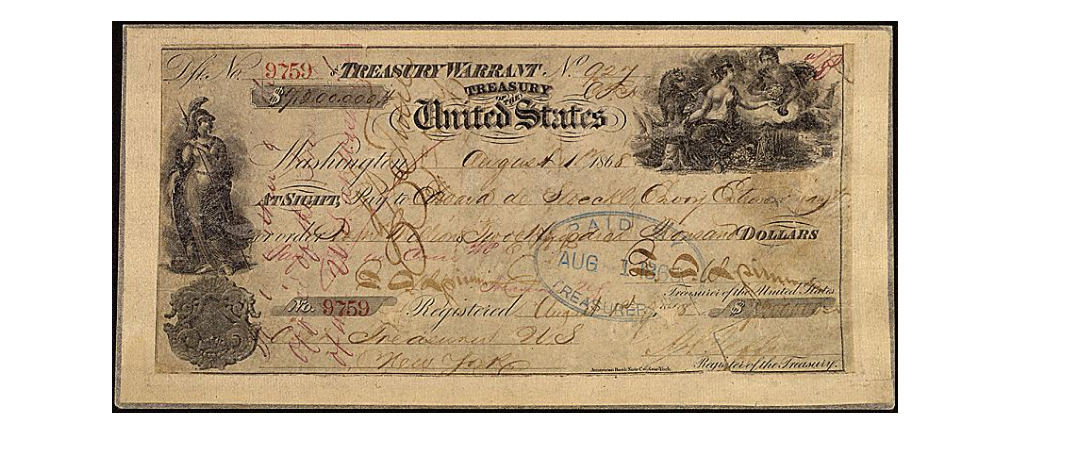
Despite a slow start in settlement, the discovery of gold in the late 19th century prompted thousands of Americans to migrate to the territory hoping to strike it rich. Alaska, rich in natural resources and beauty, has been contributing to American prosperity ever since.
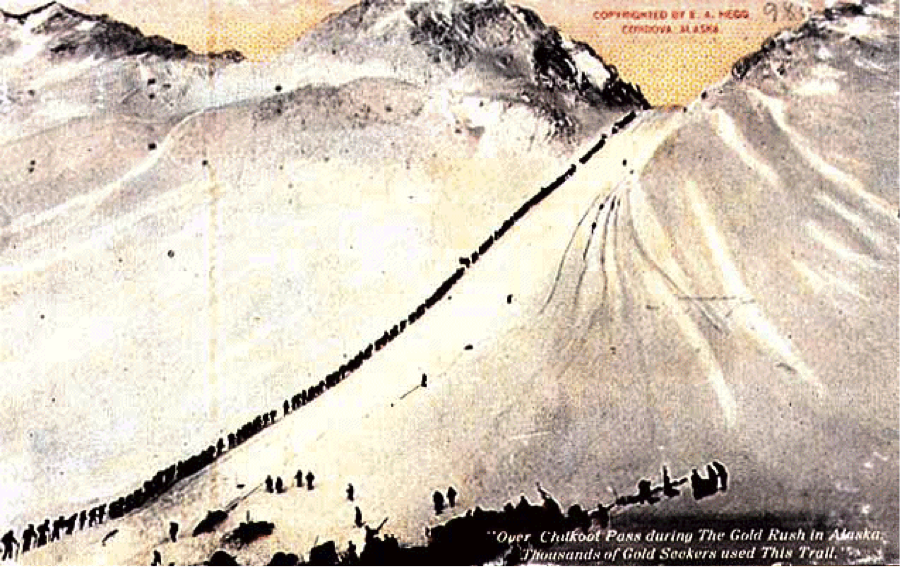
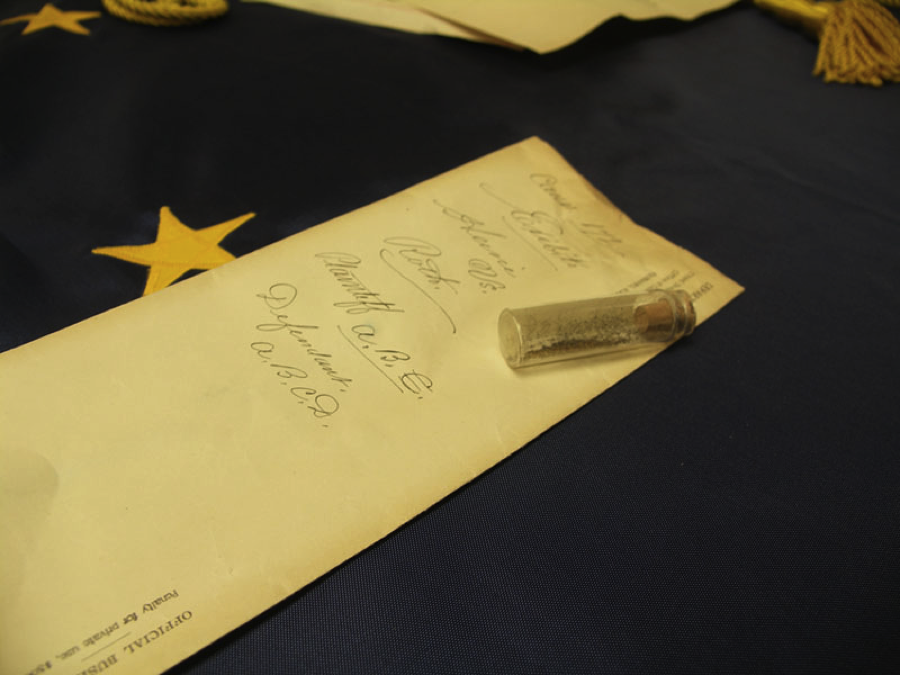
September 14, 1901
From the day of his inauguration, 26th President Theodore Roosevelt was brought into discussions on then-territory Alaska, as disputes over boundary lines ensued through 1902.
Protecting our lands and wildlife was one of the chief concerns of President "Teddy" Roosevelt. Known as our "Conservationist President," Roosevelt used his authority to protect wildlife and public lands by creating the U.S. Forest Service and establishing 51 Federal Bird Reservations, 4 National Game Preserves, and 150 National Forests, including the Tongass and the Chugach in Alaska.
Working with longtime friend and famous preservationist John Muir, he also created five National Parks – and added land to Yosemite National Park.
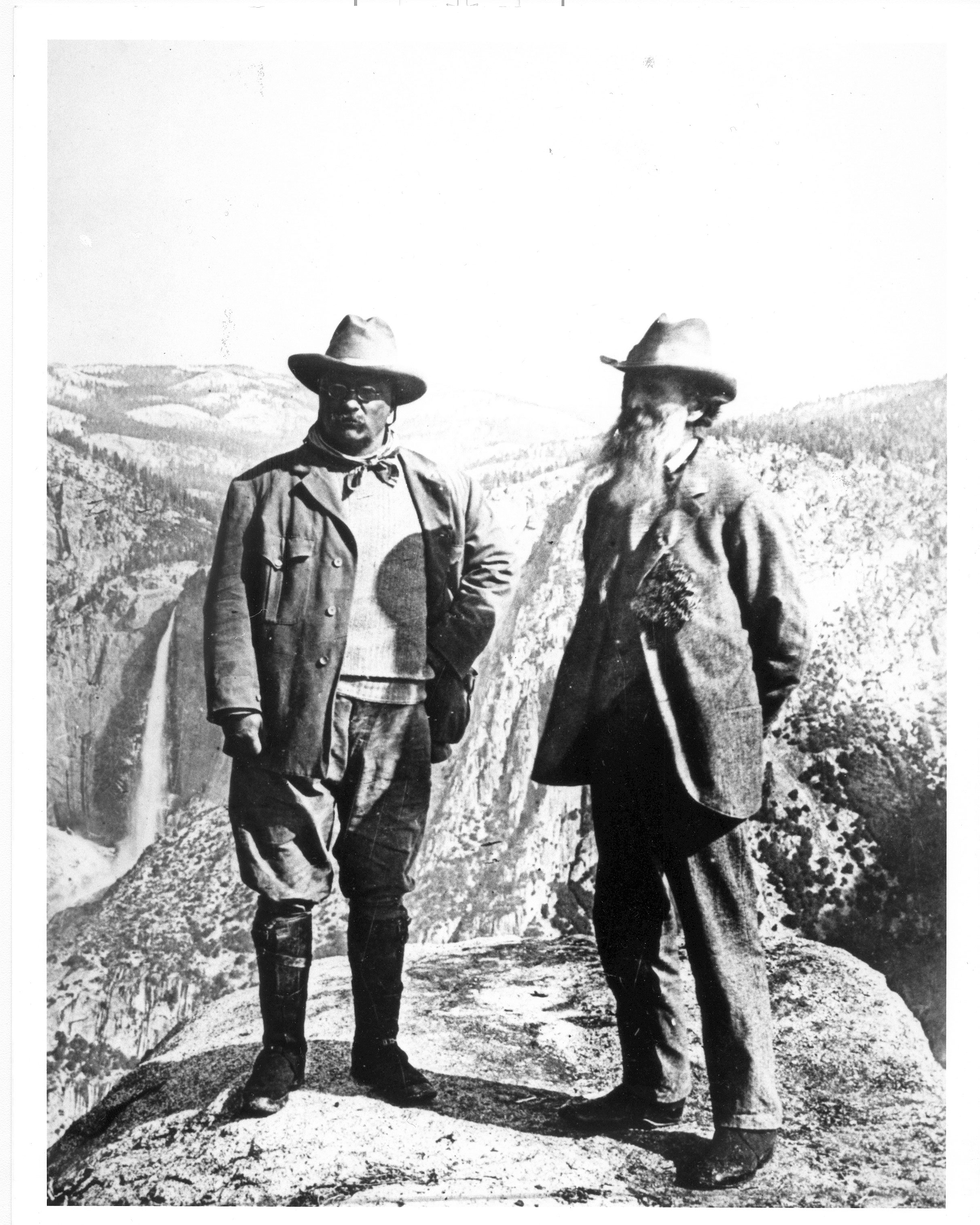
He eventually enabled the 1906 American Antiquities Act, which gave the President authority to restrict the use of particular public lands in America. It gave the President the power to protect "historic landmarks, historic and prehistoric structures, and other objects of historic or scientific interest" on federal land by designations. President Roosevelt declared Grand Canyon, Devil’s Tower, and many more national monuments during his time in office.
With this conservation mindset, President Roosevelt knew that Alaska – a land filled with a wealth of natural resources, particularly those being discovered by gold rush enthusiasts – needed to be protected and well-managed. In a speech to the 57th Congress in 1902, President Roosevelt stated the following:
No country has a more valuable possession – in mineral wealth, in fisheries, furs, forests, and also in land available for certain kinds of farming and stock growing. The forests of Alaska should be protected and as a secondary but still important matter, the game also….Laws should be enacted to protect the Alaskan salmon fisheries against the greed which would destroy them.President Theodore Roosevelt
At his persuasion, Congress passed a series of acts designed to regulate the harvesting of Alaskan wildlife, including the Alaska Game Act, which was strengthened by an act amending the Alaska Game Act in 1908. In 1909, President Roosevelt also first protected the Yukon Delta National Wildlife Refuge.

August 3, 1944
In early August 1944, President Franklin Delano Roosevelt (FDR) journeyed to Alaska for a six-day inspection and fishing trip, the second President to make the trip north. While in Alaska, FDR made stops at Adak, Kodiak, and Auke Bay, visiting with soldiers as part of a trip across the Pacific during World War II.
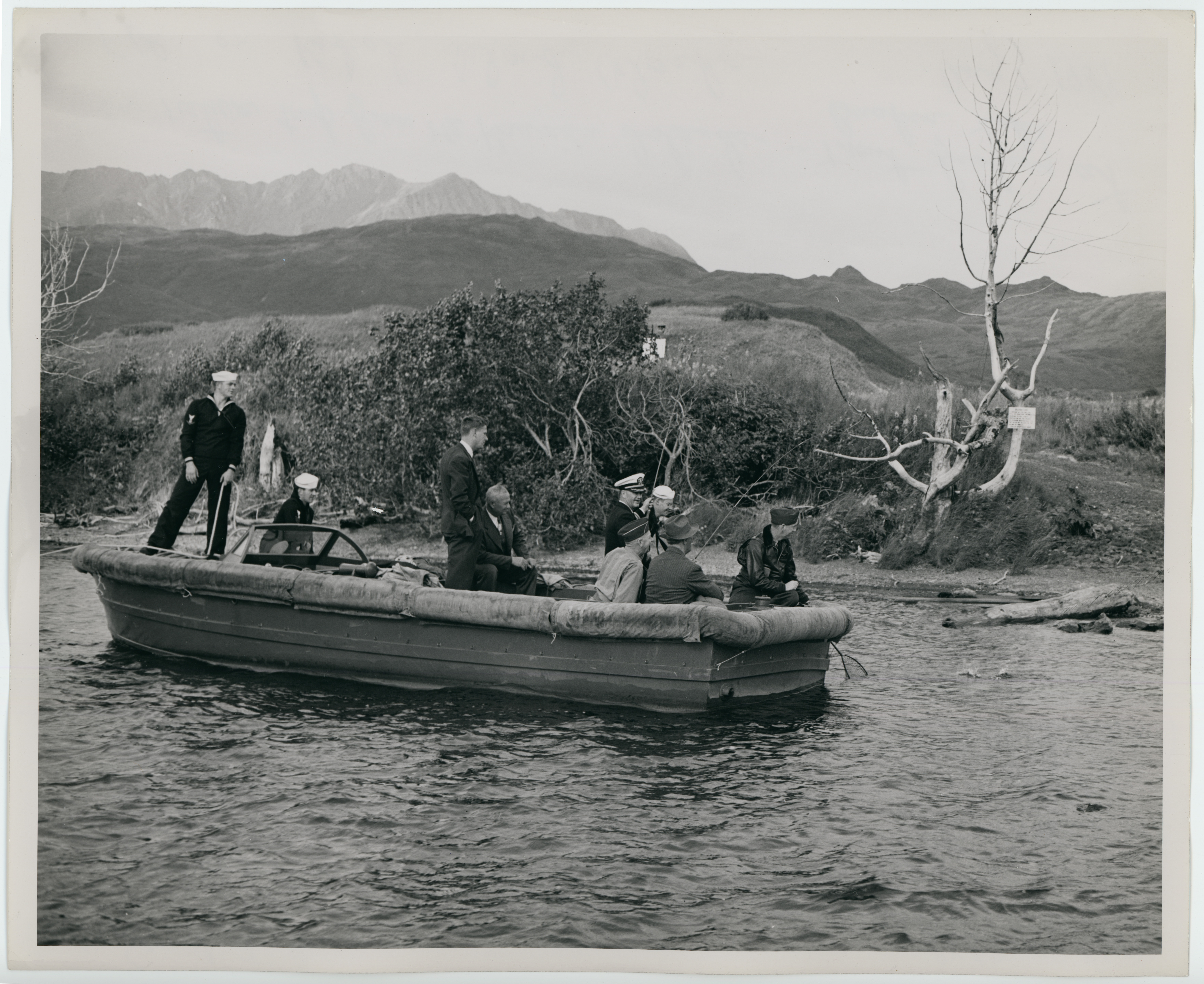
January 3, 1959
On this day, President Dwight D. Eisenhower signed a special proclamation admitting the territory of Alaska into the Union as the 49th and largest state.
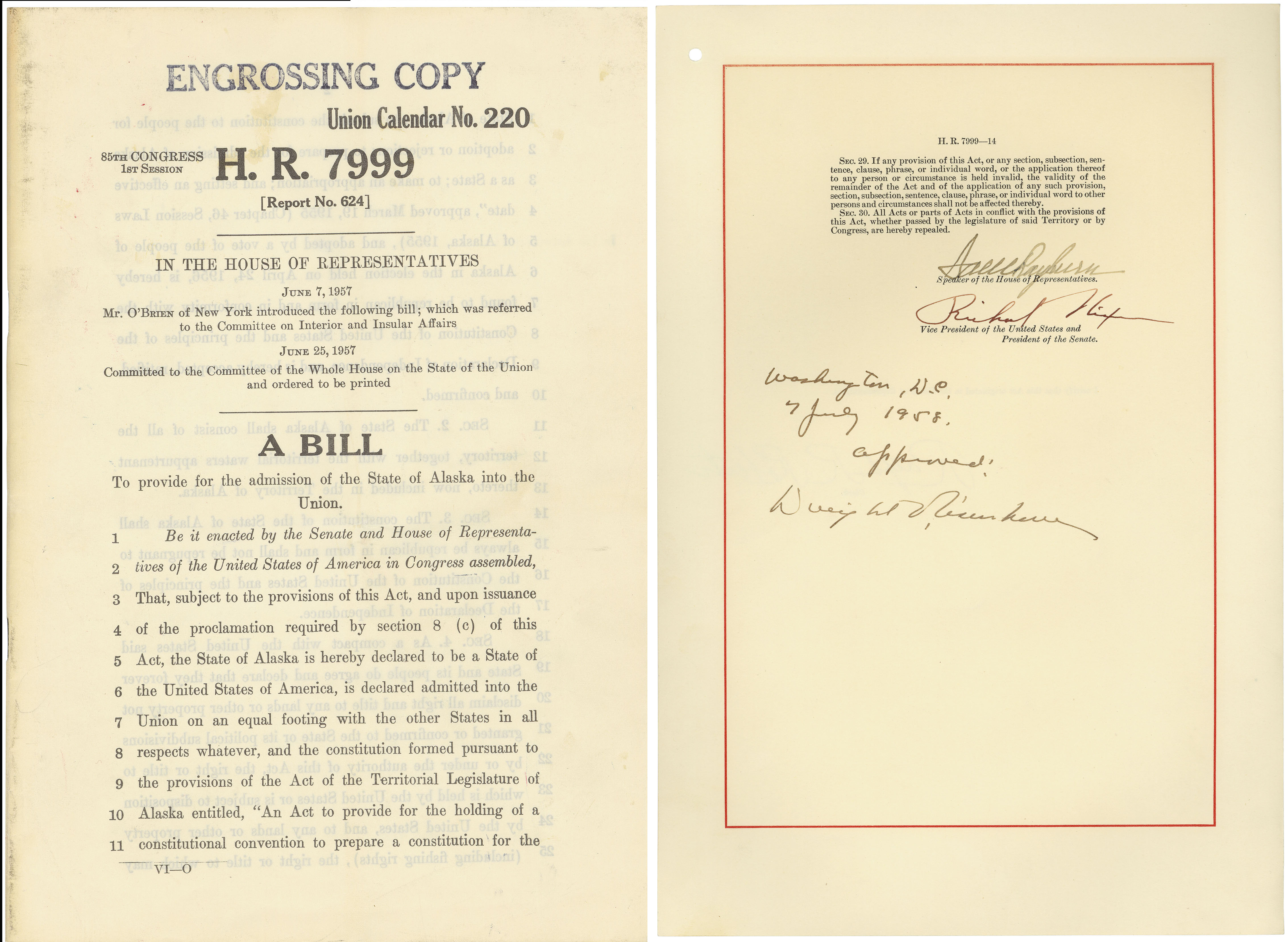
Learn more about Eisenhower's support for Alaskan statehood.
August 31, 2015
Today, President Obama becomes the first President to visit America's Arctic, witnessing firsthand the impacts of climate change on this region on the frontlines. The President, along with Secretary of State John Kerry and foreign ministers, will discuss the challenges of how to best manage the future of this region, and the people and natural resources that reside there.


